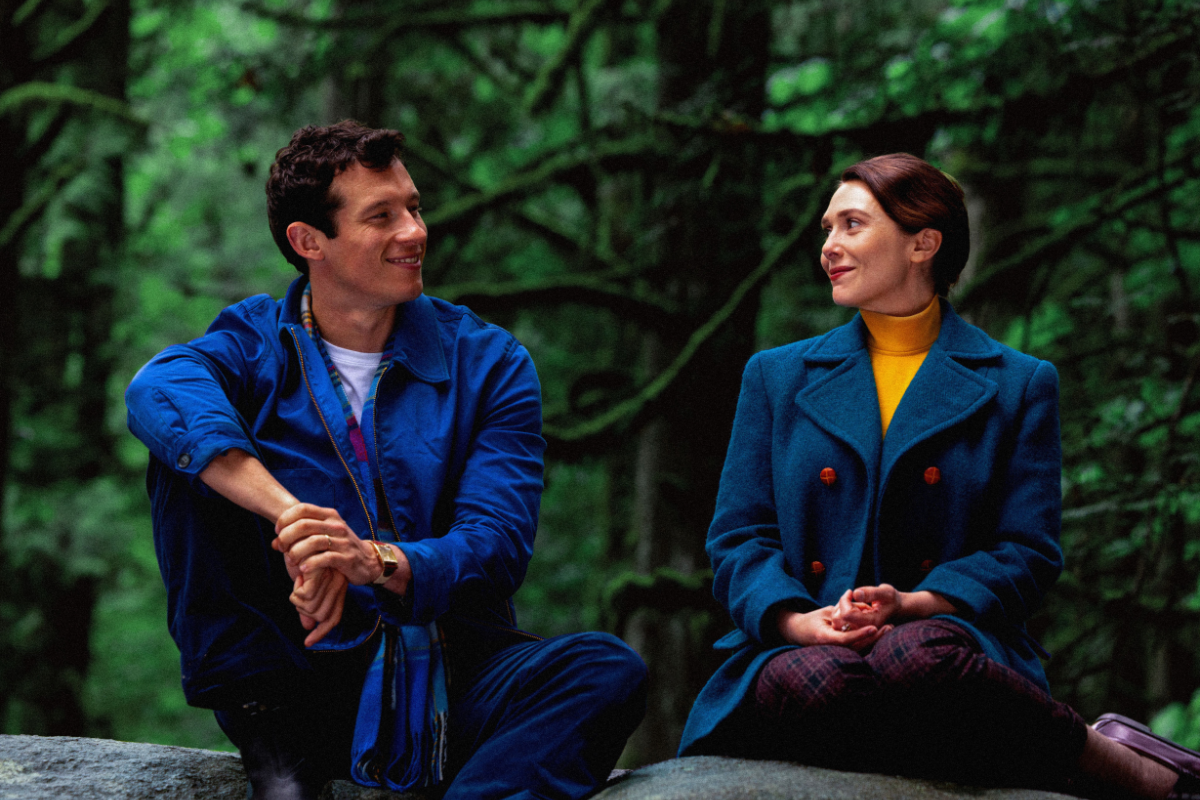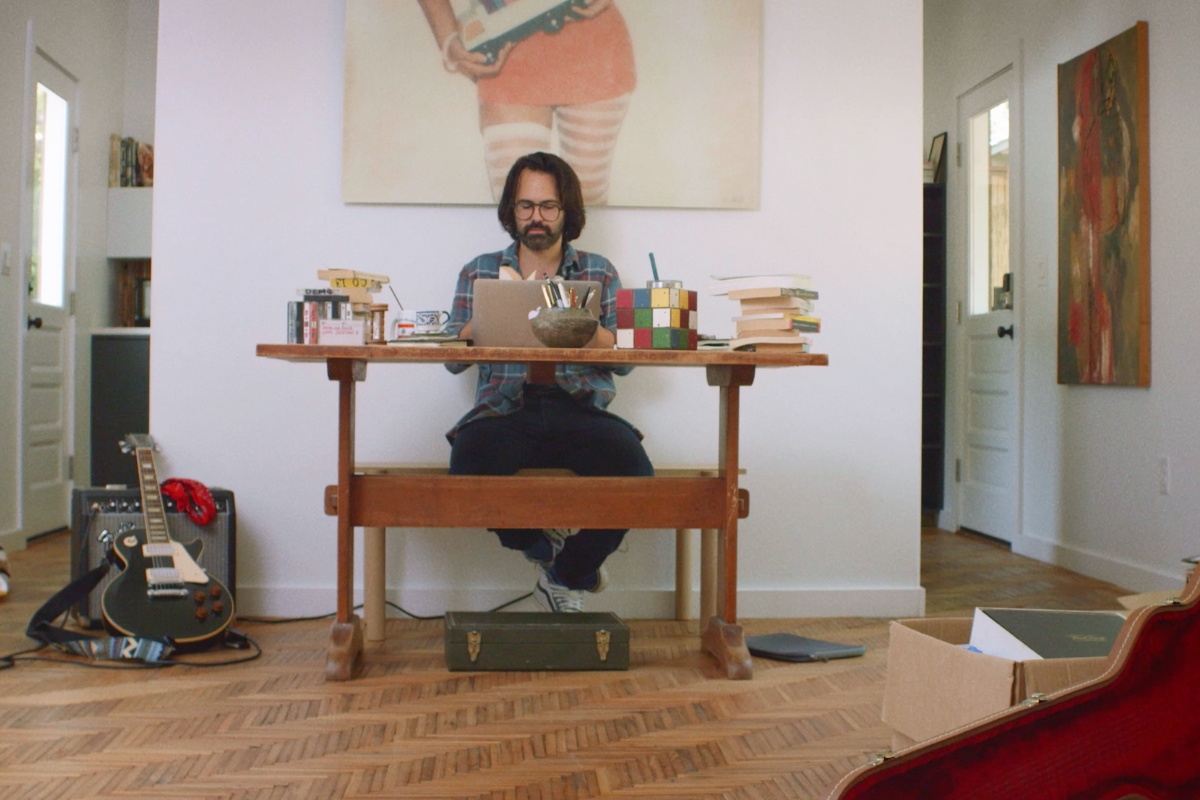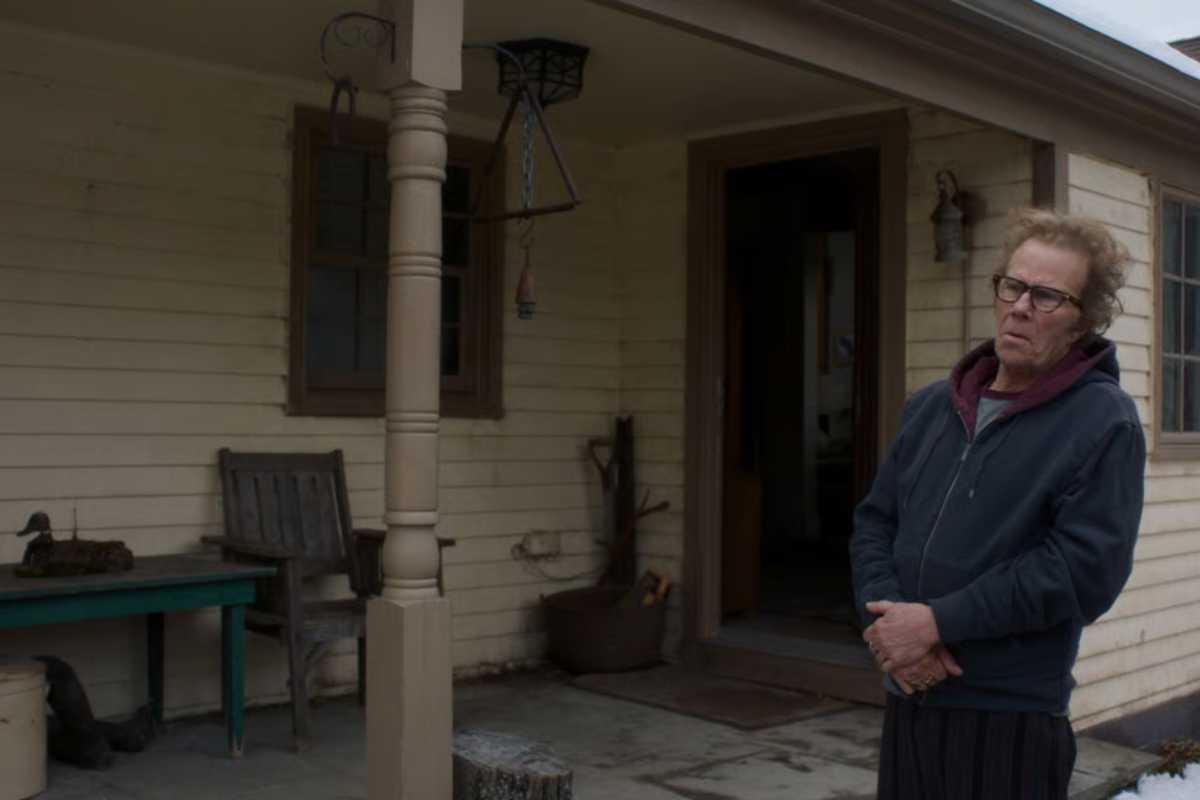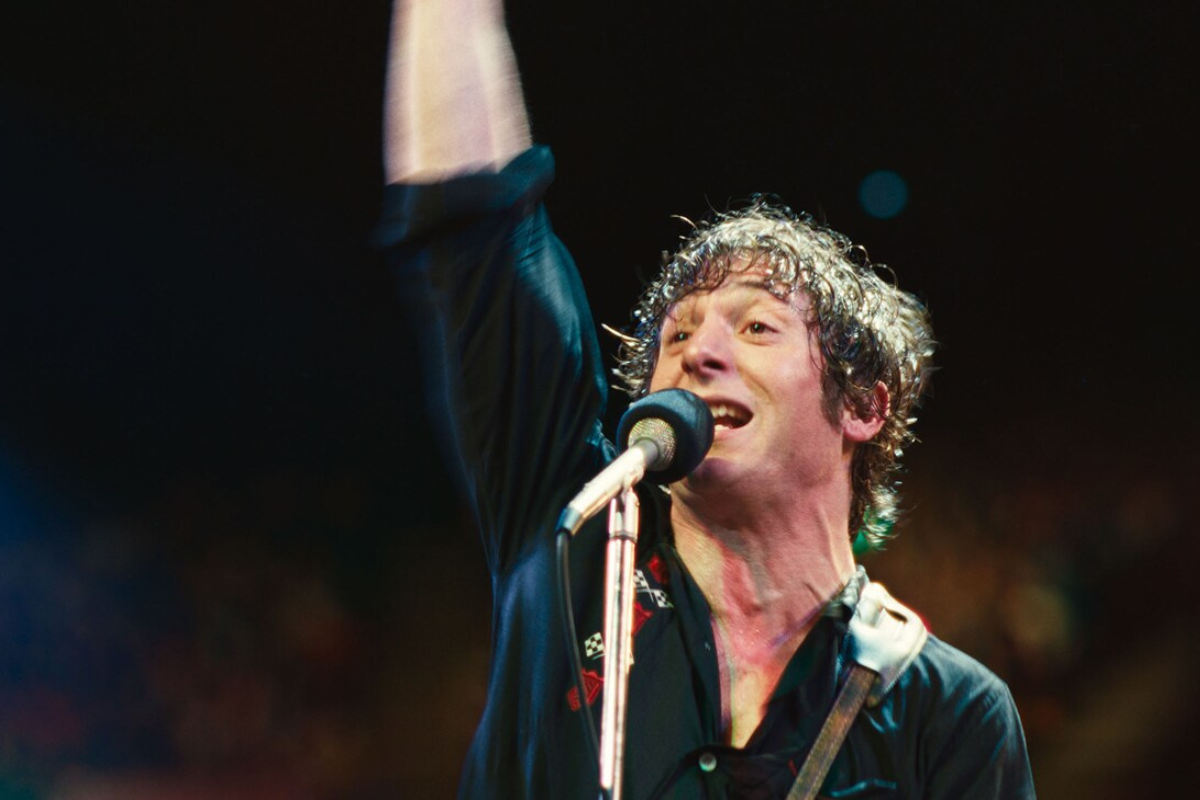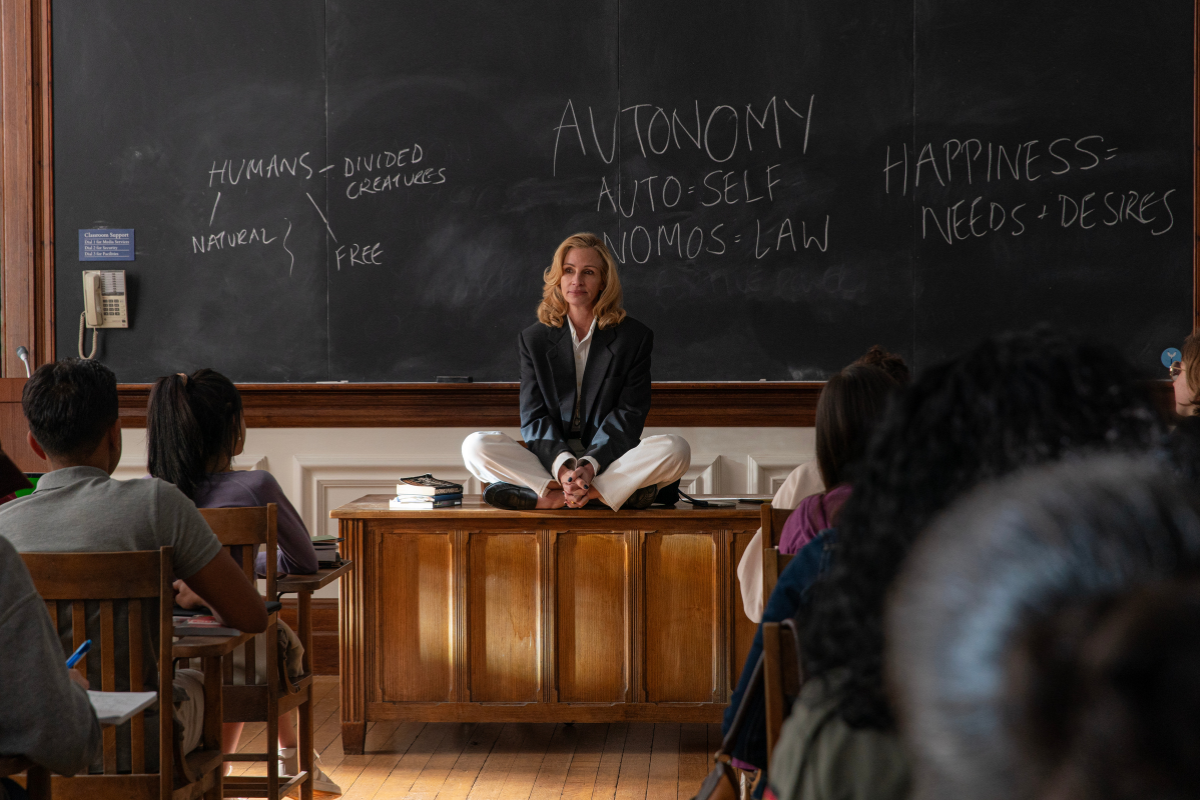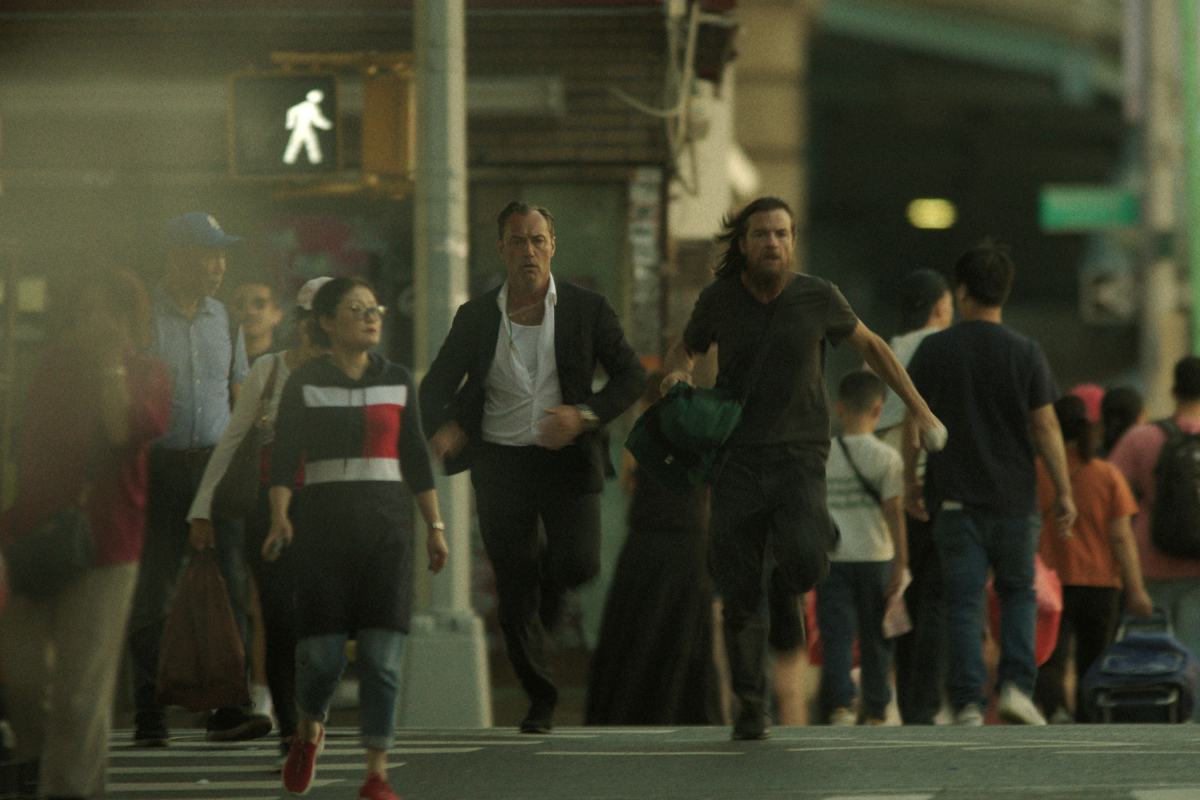Navigating Pre-Production: Creative and Logistical Essentials for ‘The Running Kind’
In this third installment by the Palmer Brothers, they offer up more indie filmmaking advice about the pre-prod process from working with their producers to the essential logistical and creative conversations with key department heads and share more updates on their short film, ‘The Running Kind.’
A few weeks back, Kephren and I shared our tips on running a successful crowdfunding campaign and assembling team members in pre-production. Since then, we have dived head first into the thick of pre-production in the attempt to solve the endless list of logistical and creative questions. Today, we’re back with our third installment on indie filmmaking advice and ready to share more updates on our short film, The Running Kind.
What Should Happen In Pre-Production?
Your average short film has a fairly short list of pre-production to-dos when compared to a feature; a few creative meetings with department heads, a shot list, a quick storyboard (if time permits), a tech scout, auditions… and this doesn’t even scratch the surface of what you can do in prep. Some of the most important parts of pre-production (rehearsals, overheads, a pre-visualization to name a few) are usually cut from the schedule due to lack of time, money or workforce. Part of filmmaking is prioritizing your prep time and facing the fact that you can’t do everything you put on your pre-production to-do list. There has to be compromise in order to make the best version of the film you’ve envisioned under the circumstances.
I’d also add that doing more prep doesn’t always result in a better movie. The pre-production process and its impact on the finished film differs greatly depending on the people leading the project. Some directors like to rehearse… Others think it kills the spontaneity of the performance. Some meticulously scrutinize every detail of the film they have in their heads before going into production… Others like to find it on the day. Directing books will claim you can only talk to your actors using action verbs… But some of the best directors only ever told their actors to “Do it again.”
In coming up with our pre-production strategy, Kephren and I asked ourselves two simple questions: What do I not have time to figure out on the day? And, do I feel more creative and present when I have a backup plan or when I’m up against the clock? By going down the list, we quickly discovered that we like to err on the side of caution and spend as much time as possible creating a plan for the production. Applying these questions to every department helped us create a meticulous and extensive pre-production plan. The only thing left… was to actually do it!
Working with Our Producers
In my freelance producing work, I am often asked, usually in a well meaning way, “what does a producer actually do?” The short answer is…everything. The producer typically gets a bad rap for prioritizing budgetary or scheduling concerns over artistic ones, and wanting to accept an easy solution over the solution that is best for the film. Directors, on the other hand, can be known for being overly infatuated with their ideas and unwilling to compromise.
Both parties are hugely responsible for the finished film, and I have found it helpful to explain what it is that producers “actually do” by describing it like this. Every aspect of a film lies somewhere on a spectrum of pure art and pure utility. The director may live on the art side, and the producer on the utility side, but both must be capable and willing to cover the entire spectrum when the film demands. A good producer will be able to coordinate the different, often competing, needs of the departments and maintain the big picture without getting caught up on details.
In short, a good producer can be your best safeguard against the film going off the rails. Our producing team, led by Gabby Fiszman and Maria Paula Quesada, who we mentioned in our previous article, have been instrumental in handling the film's logistics and guiding it through pre-production so that we can actually get this film made.
Creative Prep with Department Heads
Cinematography
One of the most exciting aspects of pre-production has been working closely with our incredibly talented Director of Photography, Marco Brochier. The ultimate goal of pre-production collaboration with our cinematographer was to create the “look” of the film - something that sounds easy, but is deceptively made up of a thousand small, difficult decisions. This process may result in shot lists and storyboards and overheads, but attempting to start there can be a dizzying experience. It is a little bit like attempting to draw a map of a place you’ve never been.
We knew that between the three of us, we would have to create a really strong language that consisted of mutual reference points. We watched a lot of films together and talked about the different ways the camera was influencing the narrative and visual design of the film. Having not directed in a while, I was immediately reminded of how many little differences can be achieved through the myriad of choices. For example, do we want to pan or track with the character. Who is following who? Who has the power or momentum. Is the camera anticipating the character’s movements? Does that mean the camera is omniscient?
These conversations can, and often did, consume hours of discussion - but with each small decision we slowly solidified a coherent and consistent visual design for the film. After that, the shot list, storyboards, overheads and lighting schemes came relatively early. It also ensured that we would be safe from, in my opinion, the single greatest threat that can arise in production, the terrifying idea that you may arrive on set after months of prep only to realize that everyone is making a different movie.
Production Design
We knew that creating a special sense of time and place, something we experienced growing up and hoped would contribute to the tone of the film, was going to fall on the production designer. We have been working diligently with our amazing production designer, Vivian Gray, in order to create a world that can inhabit the tonal range of our film, create a texture that brings out the best in our characters, and spread it across a ton of different types of locations.
The first thing we discussed was how to create a cohesive visual language that would tie all of our locations together. We did this by assessing what was already present, drawing on our references, and creating a series of guidelines. Some of these guidelines were standard, like creating a color palette for the film, and some were unique to our project, such as focusing on signage.
Working with a production designer in the location search is crucial. A location you love but are worried may not work can often be saved by their artistic eye. Production design is not simply about making your pre-selected frames better - although they can do that easily - but rather it is about creating the world in which your character’s actions feel natural and make sense. Just as the score for the movie may tell you something about the story you wouldn’t otherwise know, so too can the production design tell the story of the film through the environments.
Wardrobe
Costume design is one area where Kephren and I are, sadly, very clearly not experts. We have never been described as particularly fashionable, but we knew that this was a storytelling tool that could add so much to the story, and we had a general idea of what we wanted. We were lucky enough to work with Saleen Le, a fellow Northern Californian who intuitively understood the moderately small town feeling of Stockton, our characters, and the film.
Kephren and I had also been working on a way to communicate the many changes in timelines throughout the script as we jump forward and back through our characters' lives. After talking with Saleen, the answer became clear - we can not only tell the story of who the character is through their clothing, but we can communicate a lot about how they’ve changed over time and help us clearly understand the narrative.
Casting
Casting is another critical aspect where we’ve invested considerable effort. Our main challenge has been finding actors who bring authenticity and depth to their roles. We will conduct numerous auditions and chemistry reads to ensure that each actor fits seamlessly into the film’s ensemble. Casting our film in particular is not an easy task, as we have many speaking roles and will have to find a fairly large number of actors in a much smaller market than say, Los Angeles or New York.
Solo Creative Work
In addition to collaborative efforts, Norrie and I have dedicated time to solo creative work. This includes refining the script, developing shot lists, and crafting detailed storyboards. These tasks not only help us visualize the film scene by scene and ensure that every detail aligns with our vision, but they also make it easier to facilitate creative conversations between departments.
We’ve also been working on some pre-visualizations (previs) for the more complex sequences, particularly the high-action scenes that are crucial to the film’s climax. These previs help us anticipate potential challenges and allow us to easily have important conversations about safety with our stunt team.
What’s Ahead
As we continue into pre-production, our focus will shift towards finalizing logistics and preparing for the actual shoot. We hope this insight into our pre-production process helps illuminate the intricate dance of creativity and logistics involved in bringing a short film to life.
Stay tuned for our next update, where we’ll share how all of this planning manifests during the final shoot! We’ll let you know how it all turned out, what went right and wrong, and all the crazy and fun stories that inevitably happen during the shoot.
If you are interested in supporting our film, reading more about it, or seeing our pitch video, please follow the link below!


